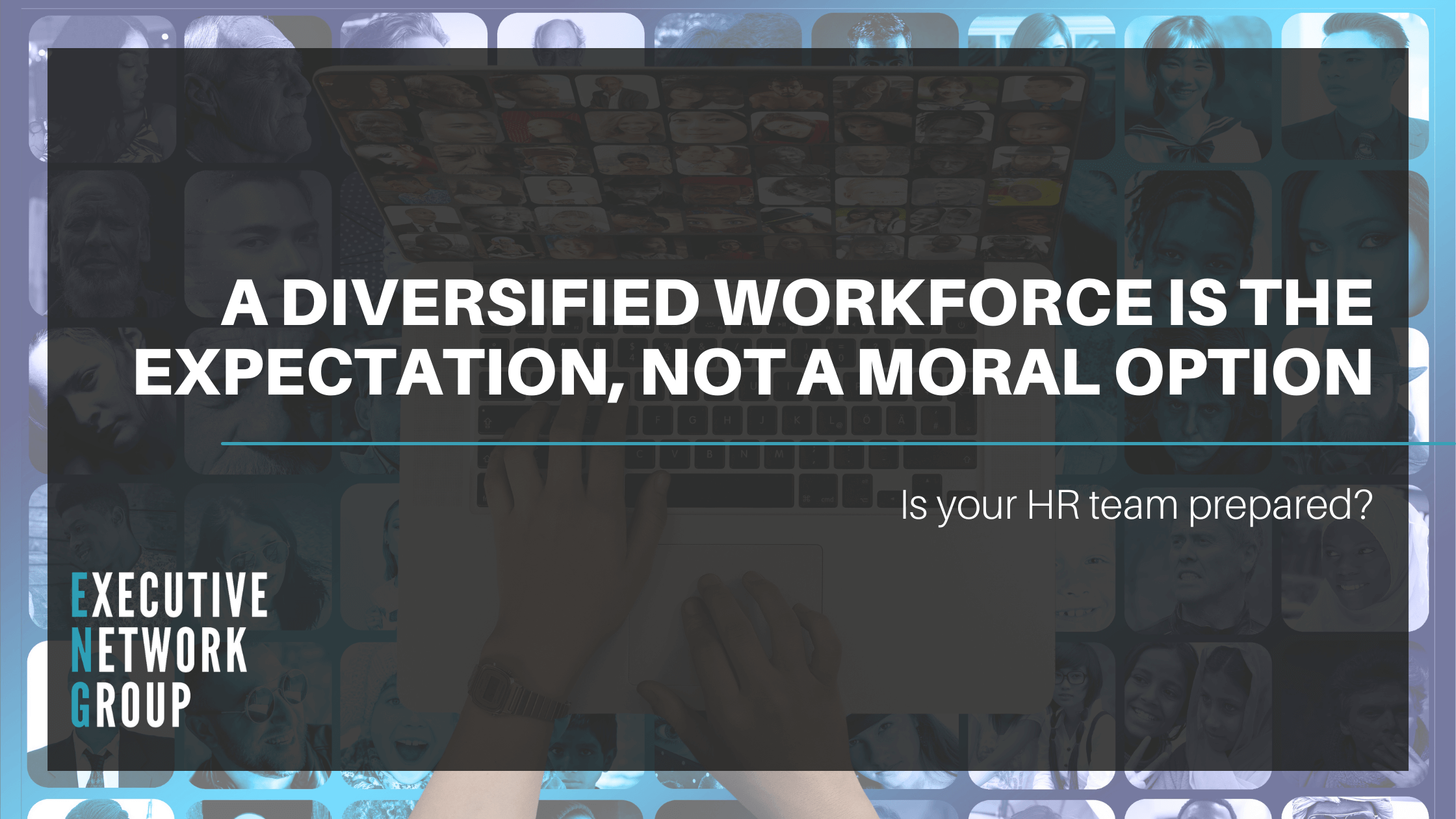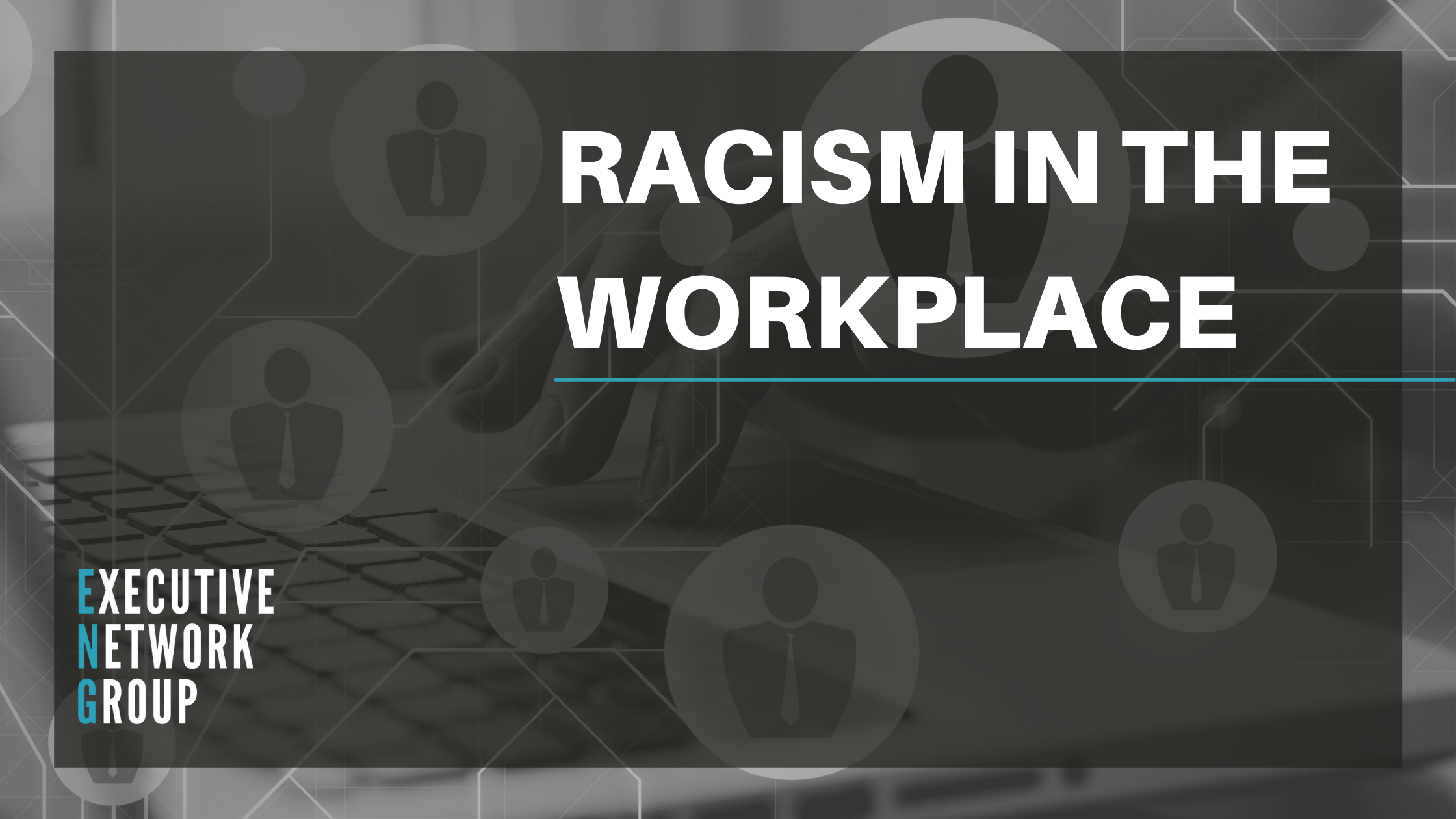How to Retain Talent in Facilities Management

Diversity and inclusion (D&I) are two imperative concepts that together contribute to providing businesses with a competitive advantage. Diversity is considered to contain a range of attributes that are the foundation of an entity. Inclusions can be known as the attitude, values, and presence of dissimilar groups of people being integrated into an environment.
Diversity and inclusion have evolved from being known as a corporate trend and are now perceived as an essential characteristic of global corporations. The notion continues to grow, becoming ever more popular in the corporate world, the benefits are becoming universally apparent as many employees consider this to be an influential factor when deciding to start their career in a business.
What is diversity in the workplace?
The workplace environment is built on a company's vision, mission, strategy, and practices in place to support innovation in the workplace. Diversity accommodates leverage, having an arsenal of talent built on age, gender, race, sexual orientation, and background contribute to a diverse way of operating. This includes the differences employees will possess in education, personality, skill sets, experience, and knowledge.
What is inclusion in the workplace?
Inclusion in the workplace is a nurturing, supportive and progressive environment that stimulates participation and the growth of all employees. Inclusion requires the removal of barriers and discrimination, when integrated successfully in the workplace it is evident that everyone feels united as a community.
What's the difference between Diversity & Inclusion?
Diversity is the process of acquiring a range of talent in a business that has different origins, taking into consideration dissimilar educational and working backgrounds. Inclusion is making it apparent that everyone in the organisation has the same opportunities to grow and progress. What's essential to inclusion ensures everyone believes and understands that there is a safe, secure, and nurturing environment.
Diversity and inclusion components
According to Forbes Insights, 300 senior executives believe their companies diversity and inclusion priorities to include:
-
65% of employees believe their companies prioritise diversity.
-
44% of the workforce understand retention of diverse talent to be essential.
-
35% insist that companies pursue diverse talent.
-
29% comprehend the business is targeting to acquire a robust pipeline of diverse workers.
-
28% understand the issue of tackling cross-generational differences.
Diversity and inclusion best practices
Professor Roberson launched a survey of 330 HR executives to identify the essential components of best practices in the workplace.
-
Equal treatment.
-
Equal opportunities.
-
Togetherness and teamwork.
-
Stimulating innovation and creativity.
-
Company flexibility and responsiveness.
-
Conflict resolution practices as a team.
-
Displaying evidence of prioritising diversity by hiring equality and diversity operators.
-
Diversity and inclusion training schemes.
-
Diverse representation amongst internal and external stakeholders of the business.
The obscure notion to take into consideration would be how employees believe their company's diversity and inclusion policies to be targeted towards innovation and creativity rather than acquiring talent from various backgrounds.
Diversity and inclusion strategies
Bersin by Deloitte's diversity and inclusion framework analyses strategies businesses can incorporate to catalyse diversity and inclusion.
-
C suite focus and dedication to the strategy
-
Delegating a key stakeholder, the responsibility of leading and promoting diversity and inclusion practices.
-
Assigning behaviour regulations, ensuring each stakeholder is accountable for the results.
-
Offering the same opportunities, training, and development schemes to all employees.
-
Establishing employee networks (communities, resource groups, outreach groups).
-
Accountability to compete and achieve awards and external programs.
-
Indulging in multiple religious cultures and beliefs.
-
Proactively supporting anti-discrimination policies.
-
Highlighting goals and evaluating progress.
-
Integrating metric systemin to analyse the results for promotion, compensation, turnover, and recruitment.
Summary of Diversity and Inclusion
The Forbes Insight Survey statistically records 60% of businesses have metric systems in place to measure the success of their diversity and inclusion development.
Without measuring the development of a business’s diversity and inclusion practices, it would be hard to identify what's performing well and what requires improvement to the stakeholders of the business.
The statistics which resonate most are:
-
77% believe in productivity.
-
67% believe in morale.
-
58% said employee turnover.
Executive management will be liable for the results of the diversity and inclusion practices. This will be analysed through the following:
-
66% responded to performances reviews.
-
51% responded bonuses.
-
48% responded to business/department reviews.
-
42% responded salary increases.
-
41% responded to promotions.
Summary of Diversity and Inclusion
-
Diversity and inclusion ultimately will be a company's vision, mission, objectives, and practices which catalyse a diverse working environment. The drive and motivation to achieve a diverse and inclusive workplace are to achieve a sustainable competitive advantage in their sector.
-
Businesses prioritise a diverse workforce.
-
More or less, 50% of diversity and inclusion operations aren’t targeted towards pursuing a diverse workforce but are more concerned with equal treatment, opportunity and flexibility.
-
Diversity and inclusion must run throughout the business from top to bottom to have a successful impact.
-
Diversity and inclusion success will most commonly be measured through metric systems which will analyse the employee's productivity, results, and turnover.
-
87% of diverse teams have outperformed the results of individuals from the same background.
-
Diversity and inclusion strategies are here to stay; businesses continue to invest in these operations to maximise their potential and depth of knowledge.
-
Reports suggest diverse businesses outperform businesses that do not adopt diversity and inclusion by roughly 35%.
Diversity and Inclusion are an essential part of a business’s strategy in the modern day and age and will contribute to building a safe, secure, and nurturing environment for their workforce to meet their potential.
Essentially, businesses that can successfully integrate diversity and inclusion practices throughout their business from top to bottom will achieve one of today's most modern contemporary competitive advantages.

